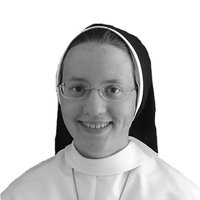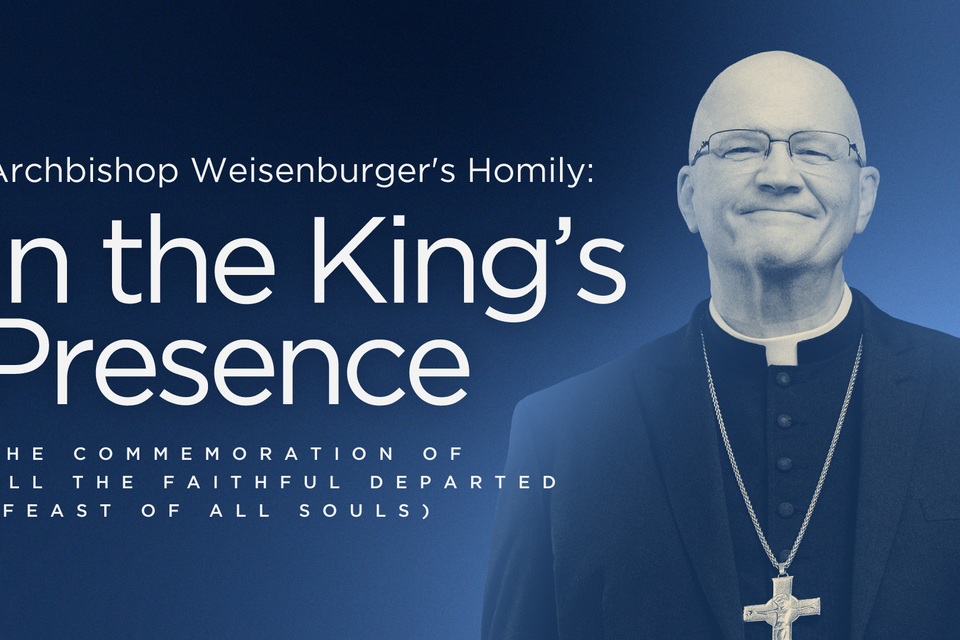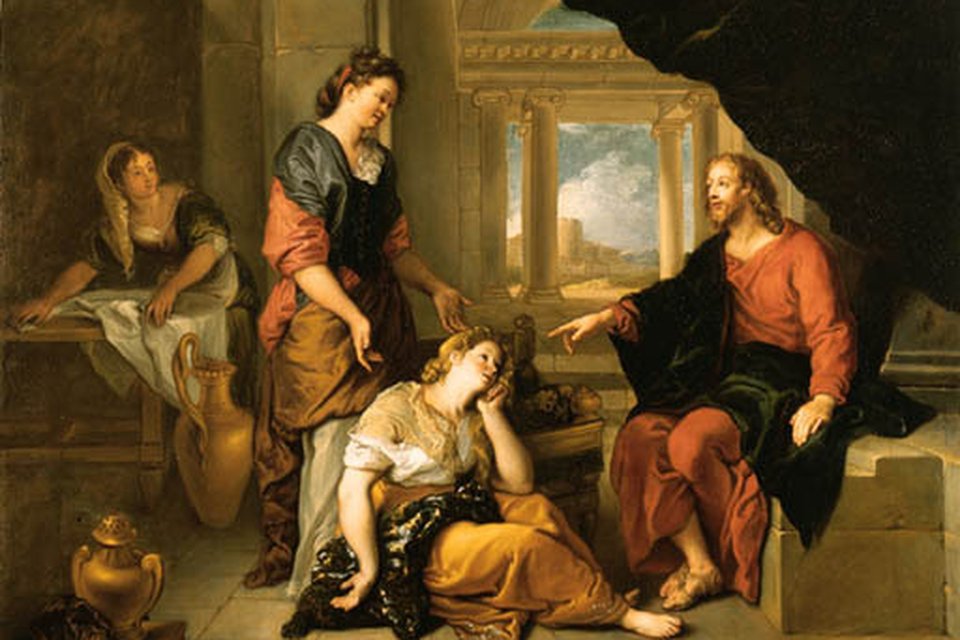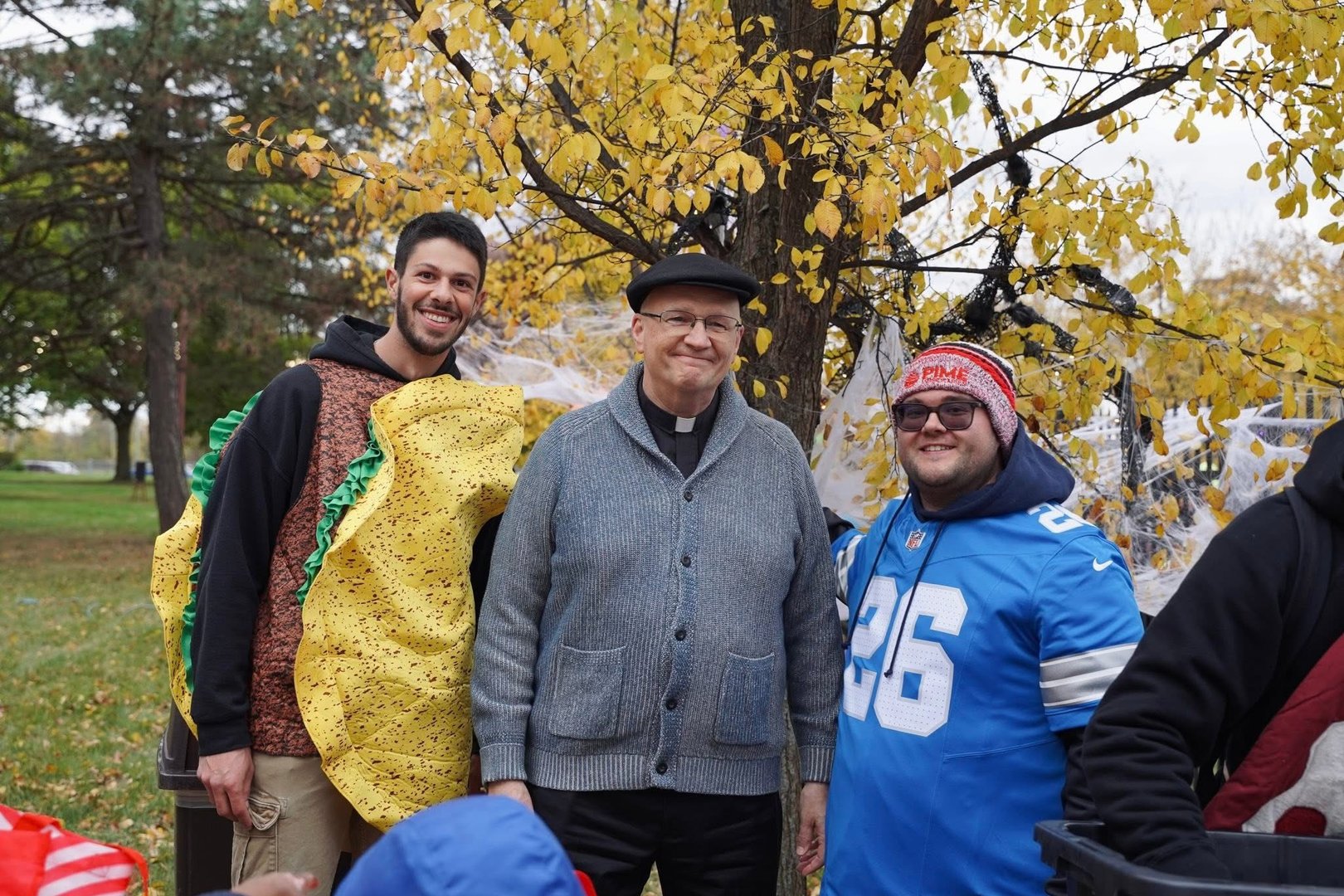Are humans just atoms spinning randomly in a void, governed by accidental evolutionary processes? A resounding “no” reverberated from the Basilica of the Immaculate Conception this month during Catholic University’s commencement speech, delivered by Fr. Thomas Joseph White, Dominican theologian and rector of the Angelicum. To this atheistic conceptualization, Father juxtaposed the Catholic understanding: humans are living, personal atoms of truth spinning through God’s universe toward union with Him.
Father compellingly addressed the emptiness many young people experience. “In the beginning,” he reminded his audience, there was not nothingness but rather a communion of Persons, the Trinity. In love, these Persons created other persons in their own likeness, destined for infinite happiness. They endowed each human being with autonomy, rationality, and the ability to love — in the image of the Father, the Son, and the Holy Spirit.
The saints testify strikingly to the uniqueness and dignity of the human person. Think of Mother Teresa, gently gathering into her arms the emaciated body of a dying man, gazing into his eyes with great tenderness.
Blessed Pauline Jaricot (1799-1862), a French laywoman who was beatified on May 22, drew her immense missionary zeal from her intense life of prayer. She founded the Society for the Propagation of the Faith when she was just 23, and alongside it, an association called the Living Rosary. One of the hidden principles leavening all her activity was her devotion to persons: it is said that, in her fundraising efforts, she preferred to refer to “collectors” of donations rather than to the “collection.”
Pope St. John Paul II likewise demonstrated singular attention to each person in his presence. Consider this story about San Diego’s Bishop Robert Brom. When just a young prelate, in 1983, Bishop Brom made his first ad limina visit to Rome. He stood with all the other bishops as the pope moved along the line, greeting each one. When the pope reached Bishop Brom, he said, “I think we have met before.” Bishop Brom assured him they had never met. “I believe we have,” the pope insisted. Bishop Brom demurred.
A few days later, Msgr. Stanislaw Dziwisz, the pope’s secretary, approached Bishop Brom. “Don’t argue with the pope,” he said. “He remembers where he met you.” “Where was that?” “During the second session of the Second Vatican Council, in 1963, when he was bishop of Krakow; you met on the steps of the Gesu [a church in Rome]. You were leaving with your fellow seminarians of the North American College. He was going in, with some Polish seminarians.” Stunned, Bishop Brom recalled the incident. He asked Msgr. Dziwisz, “How does he do that?” Msgr. Dziwisz explained that, for Wojtyla, “to meet someone is to encounter God. He never forgets.”
In this month of Mary, let us ask our Mother to give us her eyes to see her Son in every person. She carried Him for nine months hidden in her womb, adored Him in the Eucharist consecrated at the hands of His Apostles; she will help us to recognize the image of the Trinity in each person, made by and destined for Love.
Sr. Maria Veritas Marks is a member of the Ann Arbor-based Dominican Sisters of Mary, Mother of the Eucharist.












